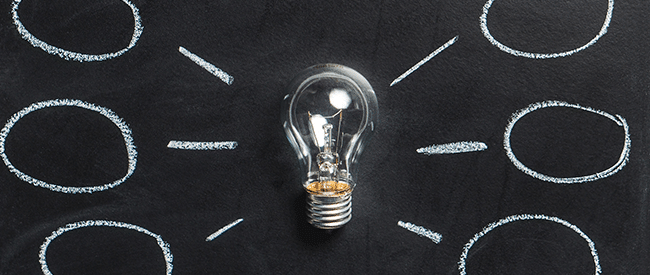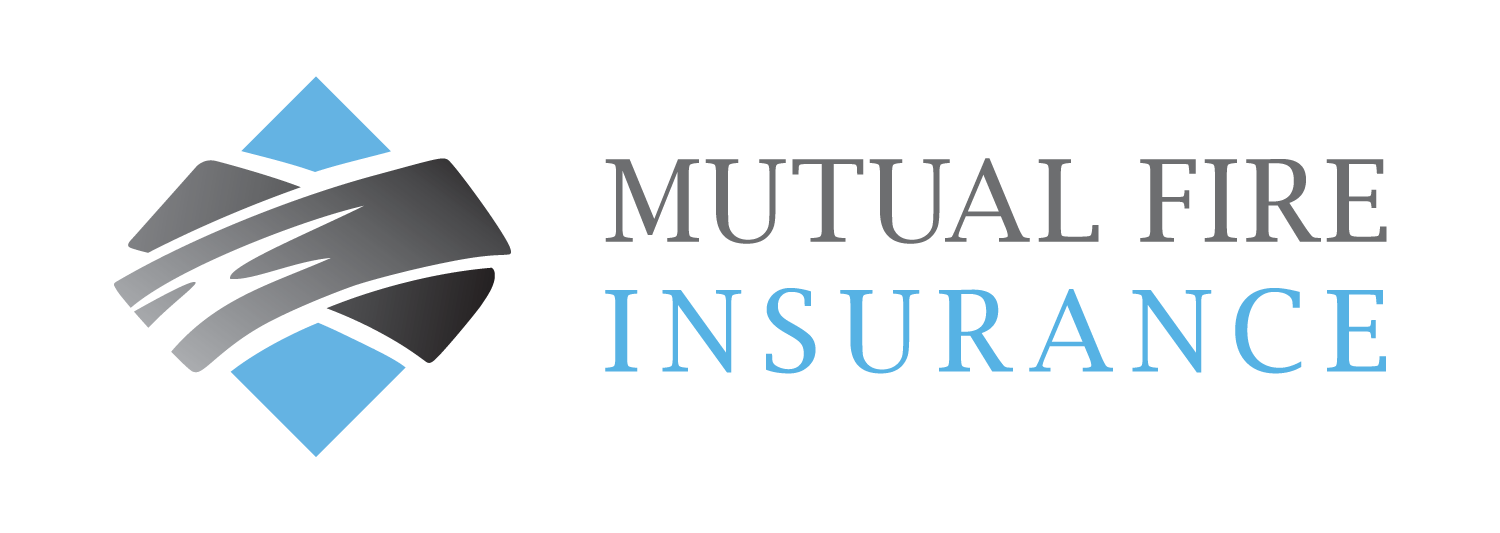How much? Premium, Deductible, and Limit of Insurance

Premium, deductible and limit of insurance each have a specific meaning when you refer to your insurance policy— no matter if it’s farm, hobby farm, commercial, or home insurance. At first, it may be daunting to understand, especially if it is your first time buying insurance or making an insurance claim. However, grasping the full meaning of these words will clear the way to learning more about your insurance policy, so let’s start at the beginning!
What is an insurance premium?
An insurance premium is the amount you pay for insurance coverage.
To decide what kind of coverage you need, we encourage you to have a chat with your insurance broker. Your broker can help you understand the best ways to protect your farm, business, or home. Then, the insurance company totals all of the coverage you have requested and charges you with the total cost. Some factors that can affect your insurance premium are:
- Claims history
- Limits of Insurance
- Deductible amount
- Monitored alarm
- Loyalty to the company
You can often choose whether to pay your premium annually or on a payment plan during the year of your insurance policy.
What is an insurance deductible?
A deductible is a dollar amount you agree to pay for insurance coverage.
For example, if there is a theft at your business and the approved cost to replace your equipment is $7,500, your insurance coverage takes effect after you pay the deductible. With a $500 deductible, you pay for the first $500 of expenses (deducted from the total) and your insurance company pays for the remaining $7,000* to replace the equipment that was stolen.
Often, increasing the amount of your deductible can decrease your total premium.
What is a limit of insurance?
A limit of insurance is the cut off point for insurance coverage of a specific item or coverage.
In the first few pages of your insurance policy (also called the declaration pages), you will see the amount of insurance you have purchased. For example, on a home insurance policy you may have purchased $50,000 of insurance for your personal property. We highlight two examples where a limit of insurance may come into play during a claim.
Example 1*
An insurable peril, like fire or explosion, has damaged your personal property. That might mean your furniture, clothing, housewares, and computer. To replace your property, you begin the claims process with your insurance company and provide an itemized list of what was lost. During the claims process, you and your insurance company agree that $40,000 of property was lost. The insurance company pays $39,00. You pay $500. In this scenario, you did not reach the $50,000 limit of personal property insurance and are fully covered for the loss.
Example 2*
There was a theft in your home where $1,000 cash was stolen. Cash is considered personal property within the $50,000 personal property limit that you purchased. Even so, sometimes certain items may be subject to special limits within the wordings of your insurance policy. In this case, there is a limit on your insurance policy of $500 of coverage for cash. Your policy will respond with $500 to replace the cash after you have paid the personal property deductible.
Often, insurance companies offer increased limits, in other words, more coverage, for an additional premium. When choosing a limit, it is important to consider how much it would cost to rebuild a building on your property, the value of your belongings, and the amount of liability coverage that you would like if you are found legally responsible for property damage or bodily injury.
*Example only – each claim is adjusted individually with coverage to be determined based on your unique claims situation.
For professional advice on choosing the right coverage for your needs, contact a Mutual Fire Insurance broker partner.

